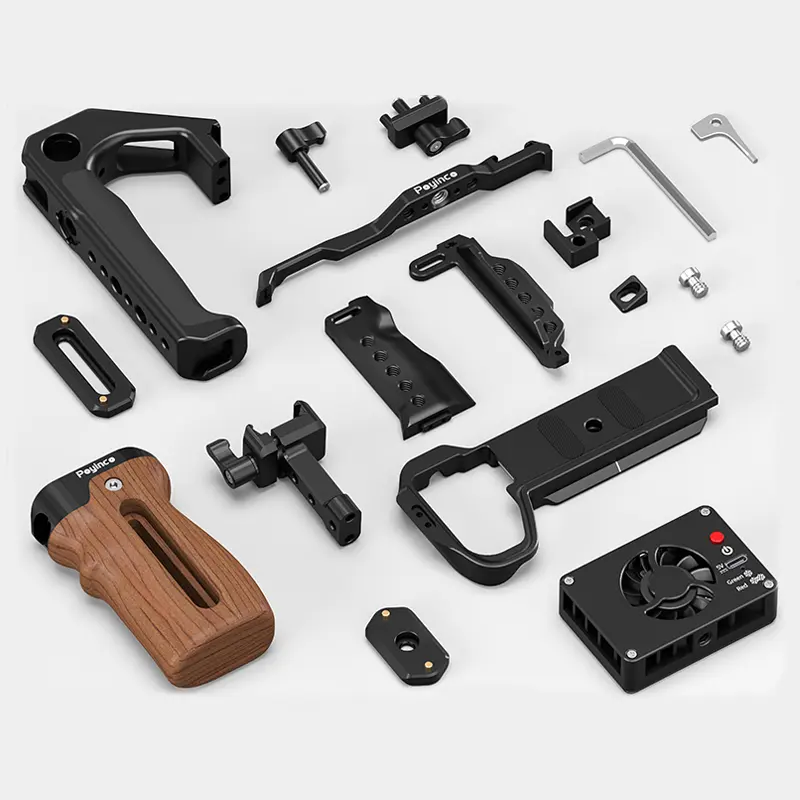

Time:2025-06-07 Views:1

CNC (Computer Numerical Control) equipment integrated with ultrasonic flaw detection capabilities represents a significant advancement in non - destructive testing technology. This specialized equipment combines the precision and automation of CNC systems with the effectiveness of ultrasonic testing to accurately detect internal flaws and defects in various materials and components.
The core principle of ultrasonic flaw detection in CNC equipment is based on the propagation of ultrasonic waves through the test material. An ultrasonic transducer, which is precisely controlled by the CNC system, emits high - frequency sound waves into the material. When these waves encounter a discontinuity, such as a crack, void, or inclusion, a portion of the wave is reflected back to the transducer. The CNC system then analyzes the time - of - flight, amplitude, and phase of the reflected waves to determine the location, size, and nature of the flaw.
The integration of CNC technology offers several key advantages. Firstly, it enables highly precise positioning of the ultrasonic transducer. The CNC control system can move the transducer along multiple axes with micron - level accuracy, ensuring comprehensive coverage of the test area. This is crucial for inspecting complex - shaped components, as the transducer can be accurately positioned to reach all critical areas. For example, in the aerospace industry, CNC - based ultrasonic flaw detection equipment can be used to inspect the intricate geometries of turbine blades, ensuring that no internal defects are overlooked.
Secondly, the automation provided by CNC systems significantly improves the efficiency and consistency of the flaw detection process. Once the inspection program is loaded into the CNC controller, the equipment can perform repetitive inspections with minimal human intervention. The system can automatically record and store the inspection data, including the flaw characteristics and their locations, for further analysis and documentation. This not only reduces the potential for human error but also allows for easy comparison of inspection results over time, enabling the detection of any developing defects.
Moreover, modern CNC ultrasonic flaw detection equipment often incorporates advanced signal - processing algorithms. These algorithms can enhance the clarity of the ultrasonic signals, filter out noise, and improve the accuracy of flaw characterization. Some systems can even generate 3D visualizations of the internal structure of the material, providing a more intuitive understanding of the defect distribution. Overall, CNC equipment for ultrasonic flaw detection plays a vital role in ensuring the quality and integrity of manufactured components across various industries.
Read recommendations: